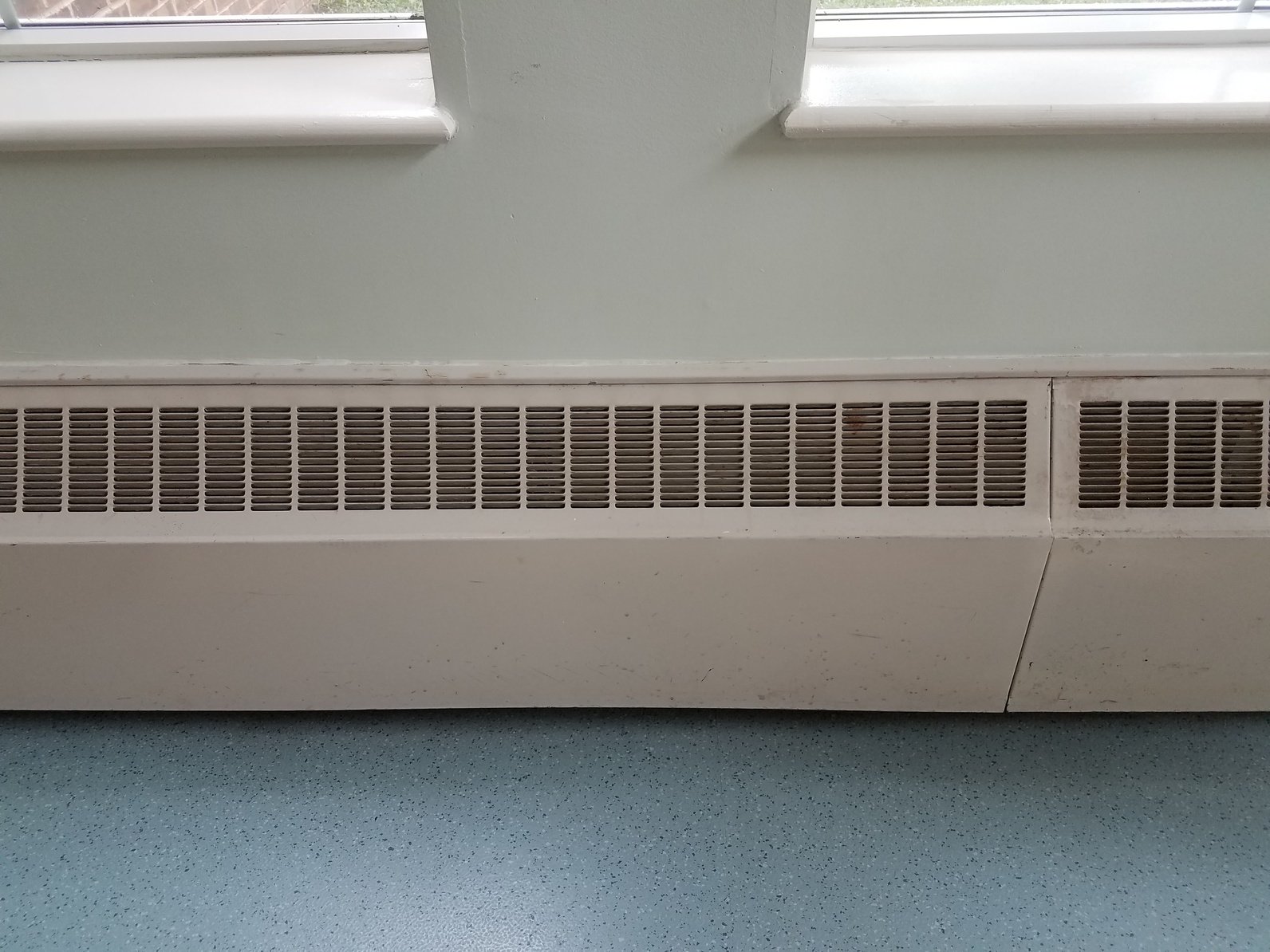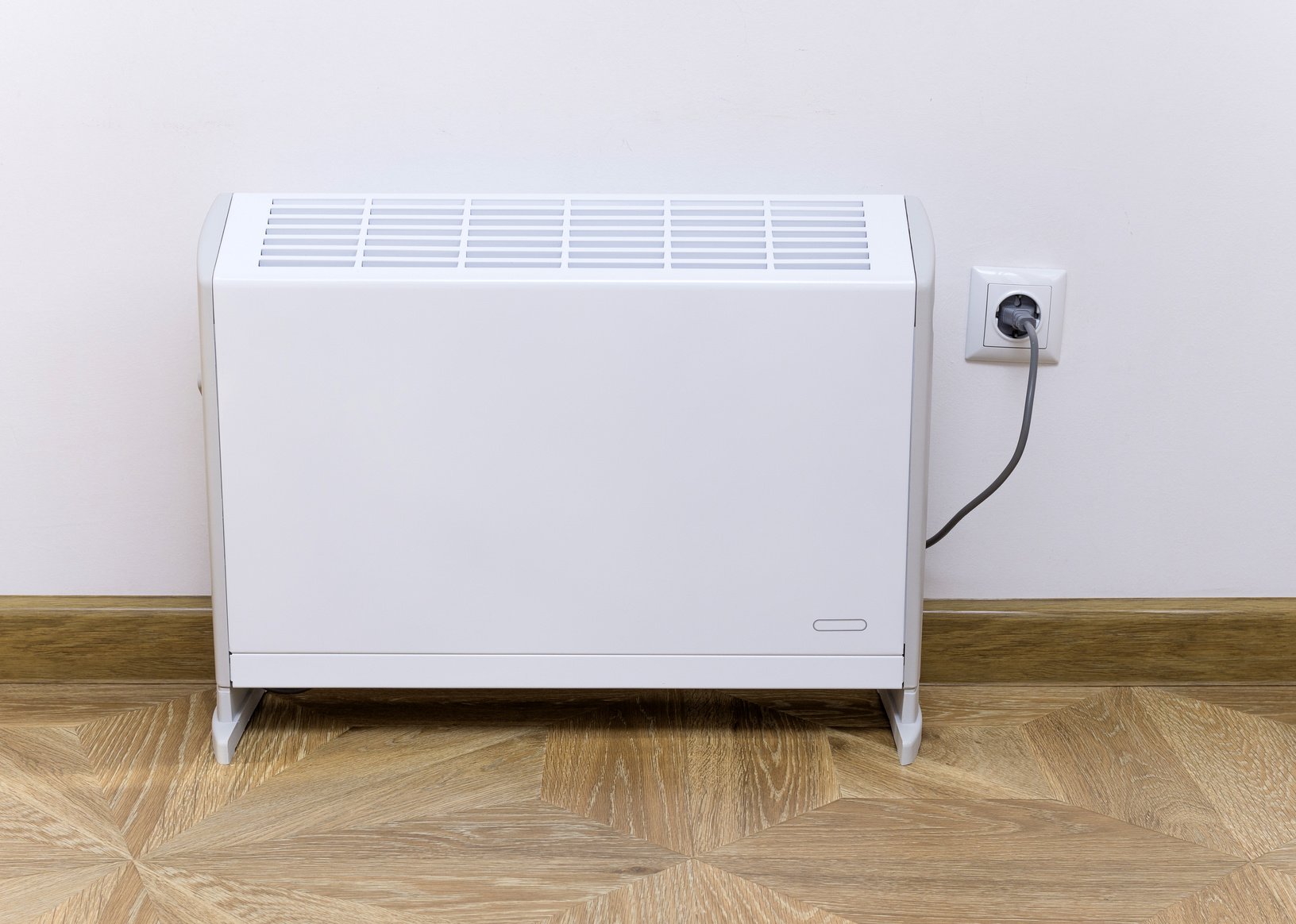
When we talk about the different fuels that can be used to heat a home, the first energy sources to come to mind are probably the most commonly used fuels: oil, natural gas, propane, etc. However, another source of energy provides a heating alternative to liquid fuels: electricity. Electric heating systems convert electric energy into thermal heat energy to warm your space. In fact, there are a few different electric heating types to be aware of if you're considering using electricity to heat your home. In this post, we'll discus what homeowners should know about electric heat, the two main electrical heating systems, and the pros and cons of choosing this type of energy.
The 2 Main Types of Residential Electric Heat
- Resistance heating: Electrical resistance heating is comprised of a system where electricity flows through a resistor, the electric heating element. The resistor, as the name suggests, resists this flow, which results in heat energy. This heat is transferred to the house by either radiant or convection heaters for space heating. Resistance heating are transferred through a medium: either air or water. When the system uses an electric boiler, water is heated by the electrical elements and the heated water is pumped through the house by circulators. The heat is then transferred to the air through radiators or convectors.
Another method is an electric baseboard system that is installed on the walls or built into the walls of the home. The electric baseboards sit low on the wall where cool air falls, and using a convection current, that cool air is heated by the baseboards and rises as heat. The convection cycle continues recycling cooling air to keep the house warm. In some modern applications, resistance heating elements can be built into a cabinet with a fan that blows heat into the space. This cabinet can be a standalone fixture or connection to central heating ductwork. Radiant heat is created when the elements are built into the walls or ceilings. - Heat pump: In an electrical heat pump system, an electrically powered compressor transfers energy through a heat transferring refrigerant. Heat is extracted from outdoor air or ground water and is moved into the house through a cycle of phase changes. There are three sections of the heat pump system that change the phase of the refrigerant to extract heat energy. First, the evaporator boils the liquid to covert it into a vapor. The vapor is then compressed by the compressor coil and drawn to the condenser which releases the energy picked up by the evaporator into the house as the vapor condenses back into a liquid or outside when the cycle is set for air conditioning. In the heating mode the cycle continues in order to transfer heat from outside into the house, and is reversed in for the cooling mode to cool the house by pushing indoor heat outside. Many heat pump systems are actually installed with an auxiliary resistance heat source as a backup when the correct heating balance point is lost.
Electric Heat Pros, Cons, and Maintenance

There are several reasons why electric heat may be a good choice for your home and family. One pro of electric heat is that the equipment is generally less expensive, constituting a lower upfront investment over a heating option like oil. At the same time, electric heat does not require external venting, so a system can be installed in practically any home. Electric heat maintenance is generally minimal for the homeowner, provides a long lifespan, and the energy is essentially 100% efficient as nearly all the energy in the system is converted into heat.
However, there are some disadvantages to electric heat to consider as well. While the upfront costs are generally less, the cost of electricity may be higher than the cost of heating fuels in your area. This means that homeowners will generally need to make the decision of whether to pay more up front or in the long term when deciding on electric heat. Additionally, electric heat may take longer to reach your desired temperature than other types of fuel energy.
When it comes to maintenance and safety, electric heat is generally convenient and easy for the homeowner to manage. Maintenance differs between the two types of electric systems. For resistance heating, the area around the heater should be kept clean and clear of items or debris in order to avoid accidental fires, but maintenance is as easy as changing the system's filter. For a heat pump, more regular maintenance will be required. Filters need to be cleaned and/or changed a few times per year, and a technician should be called to maintain the equipment seasonally so the homeowner knows the system is prepared to handle the upcoming season.


